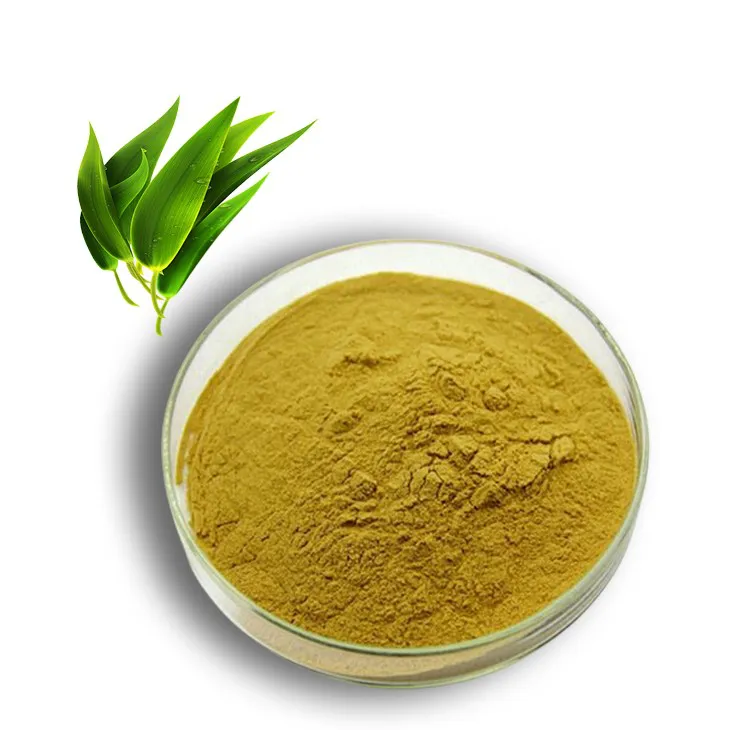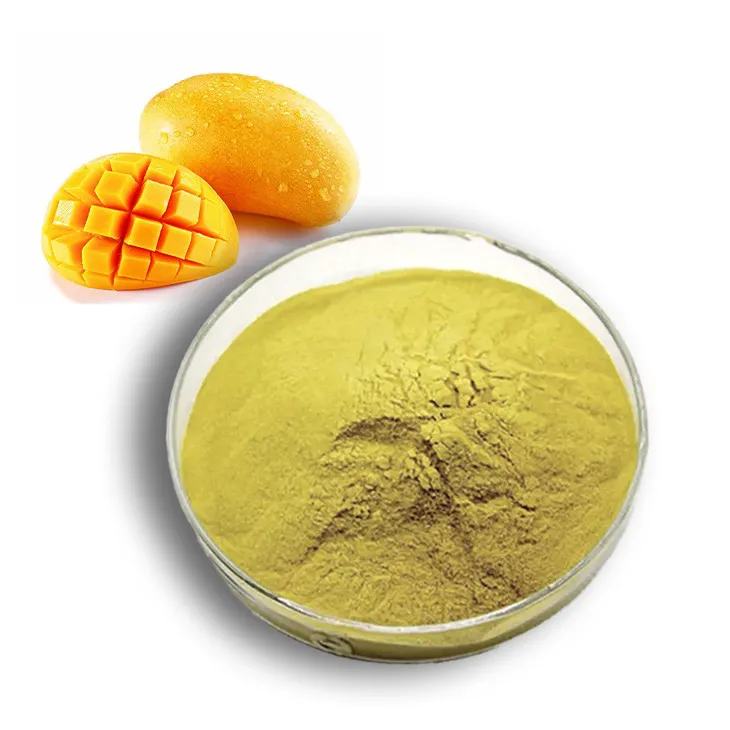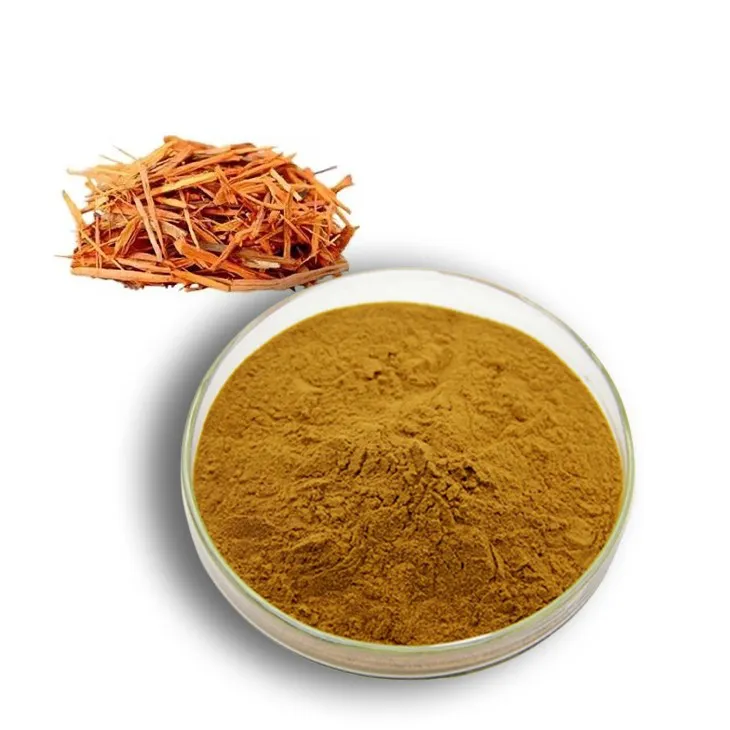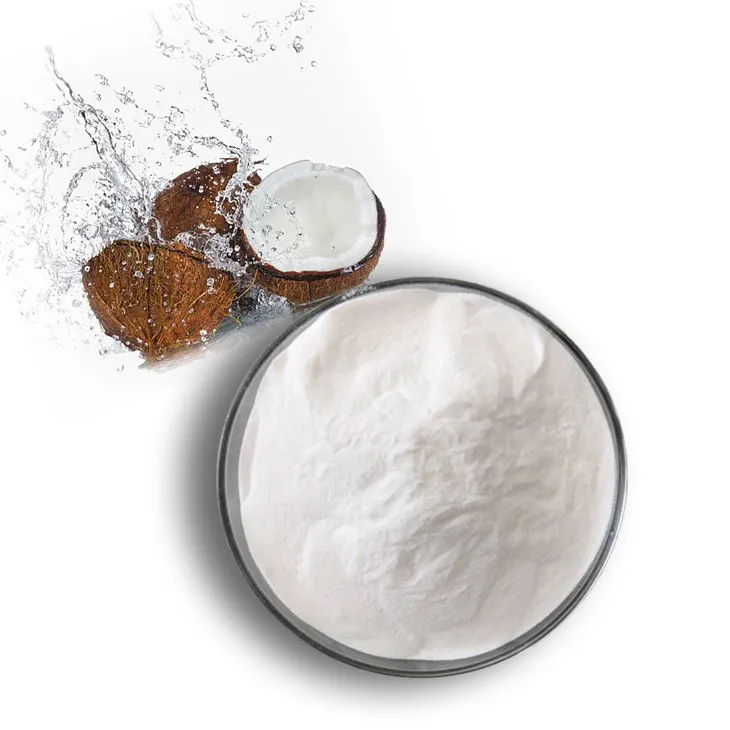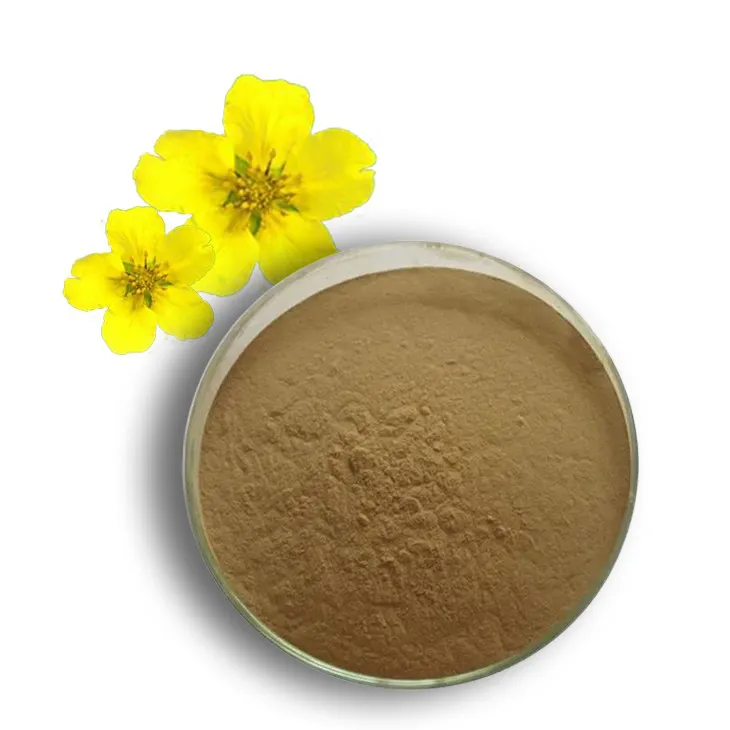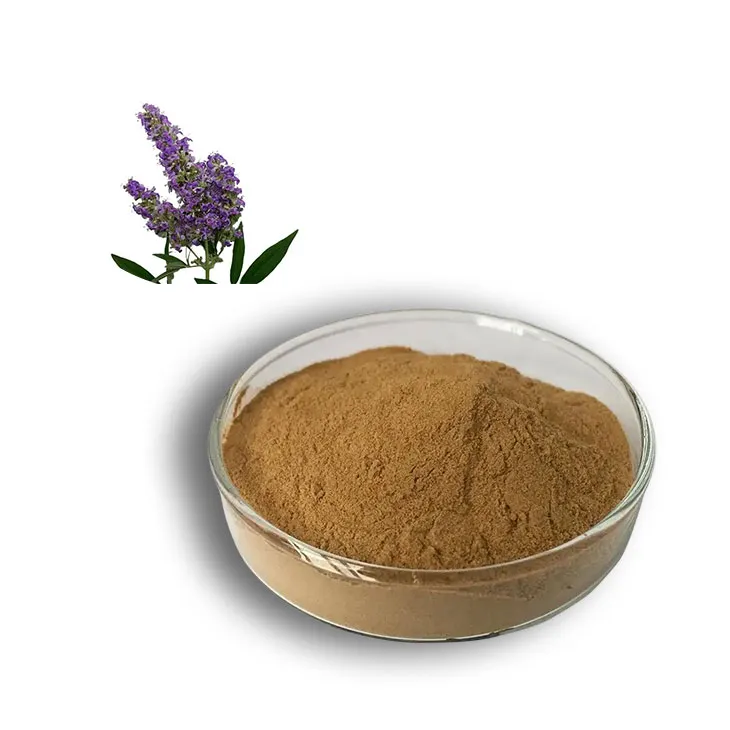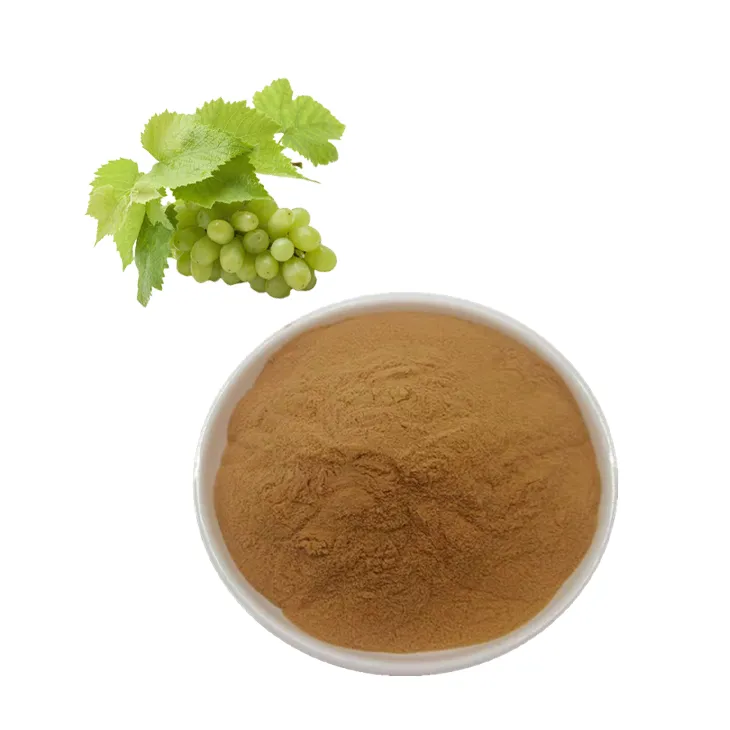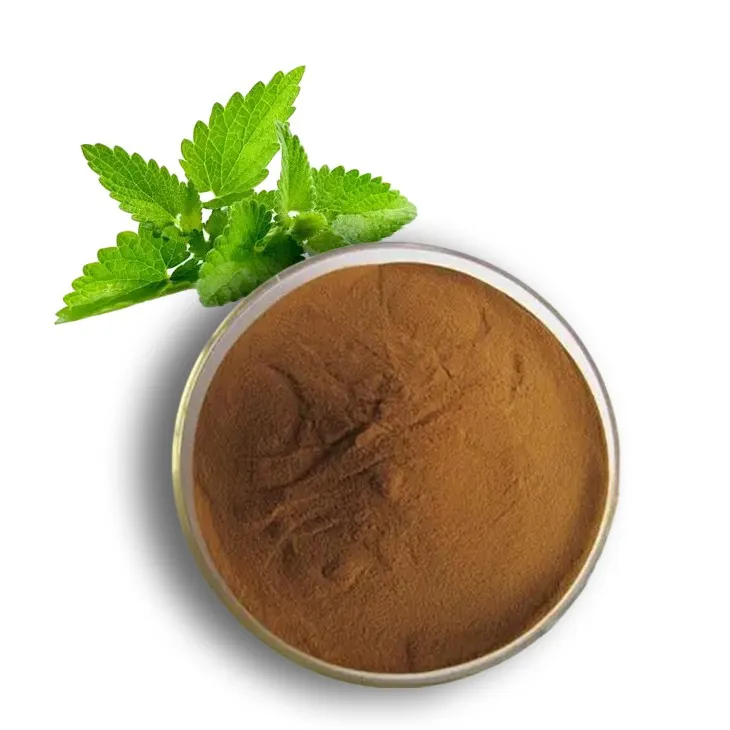- 0086-571-85302990
- sales@greenskybio.com
Rediscovering the Medicinal Benefits of Tree Bark in Modern Times
2025-09-13
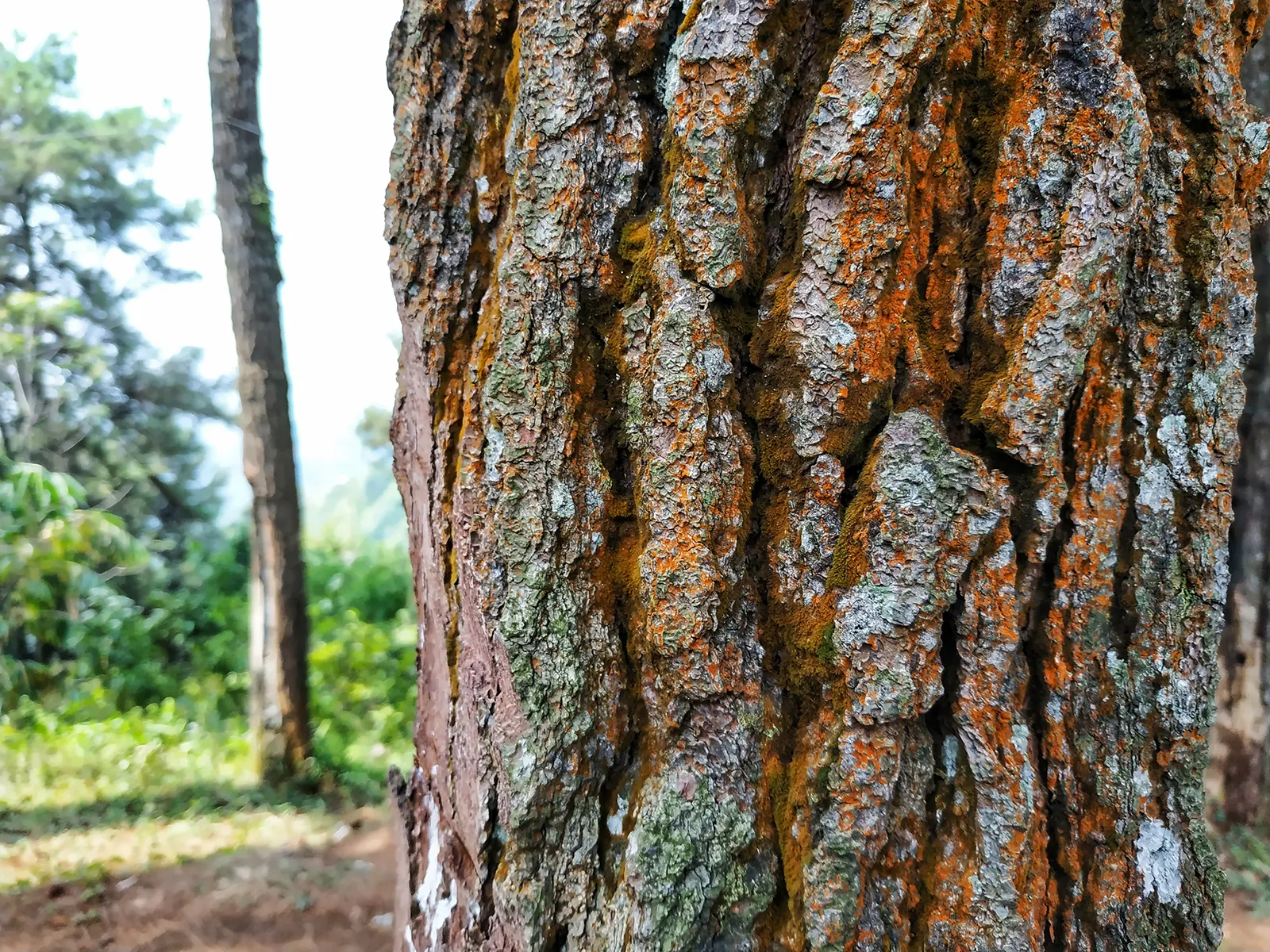
Amid growing skepticism of pharmaceutical industry influence over health agencies like the FDA and CDC, the use of tree bark for its medicinal properties is experiencing a revival. For centuries, Native Americans and early settlers harnessed the healing powers of tree bark to address ailments such as inflammation and respiratory issues. Today, many are turning back to nature's remedies as alternatives to modern pharmaceuticals.
Harnessing the Healing Layers
The inner layers of trees, the cambium and phloem, are rich in bioactive compounds with notable health benefits. These layers offer properties such as anti-inflammatory, digestive, and respiratory relief. Among the well-known bark varieties, slippery elm has been used for soothing sore throats, while white willow bark is the natural precursor to aspirin, delivering pain relief without the risks of synthetic alternatives.
Other notable tree barks include:
- Pine: Known for its antiseptic properties.
- Wild cherry: Effective as a cough suppressant at low doses.
- Guelder-rose: Alleviates cramps and spasms.
- Cascara buckthorn: Contains laxative and anticancer properties.
- Witch hazel: Provides relief for insect bites, sprains, and acne.
Beyond health benefits, tree bark has served as a vital survival food. The cambium layer from trees such as pine, birch, and maple is not only edible but nutrient-dense, historically used in famine bread. The Sami of Europe traditionally combined pine cambium with reindeer milk for nutrition. Cambium offers a rich source of calories, making it essential when other food sources are unavailable.
Harvesting and Utilizing Tree Bark Safely
Proper identification of non-toxic trees is crucial for safely utilizing tree bark. Once identified, safe harvesting involves:
1. Window-paning: Cutting small, rectangular sections to avoid harming the tree.
2. Scraping cambium: Gently removing the nutrient-rich inner layer.
3. Preparing phloem: The thicker, spongy layer can be processed into flour or used for cooking.
Tree bark can be transformed into teas for its soothing properties, poultices for direct application on wounds, and flour for baking, often mixed with other flours to improve texture. Essential oils can also be derived from the phloem, but they should be used externally.
A Movement Toward Natural Autonomy
The resurgence of interest in tree bark is emblematic of a larger shift towards self-reliance in healthcare. Natural remedies, like those derived from tree bark, remind us of the body's innate healing abilities and offer a complementary path to modern medicine. While not a replacement for all pharmaceuticals, these natural alternatives encourage a return to roots, both literally and figuratively, in personal health management.
- ▶ Hesperidin
- ▶ citrus bioflavonoids
- ▶ plant extract
- ▶ lycopene
- ▶ Diosmin
- ▶ Grape seed extract
- ▶ Sea buckthorn Juice Powder
- ▶ Beetroot powder
- ▶ Hops Extract
- ▶ Artichoke Extract
- ▶ Reishi mushroom extract
- ▶ Astaxanthin
- ▶ Green Tea Extract
- ▶ Curcumin Extract
- ▶ Horse Chestnut Extract
- ▶ Other Problems
- ▶ Boswellia Serrata Extract
- ▶ Resveratrol Extract
- ▶ Marigold Extract
- ▶ Grape Leaf Extract
- ▶ blog3
- ▶ Aminolevulinic acid
- ▶ Cranberry Extract
- ▶ Red Yeast Rice
- ▶ Red Wine Extract
-
Bamboo Leaf extract
2025-09-13
-
Mango flavored powder
2025-09-13
-
Yellow Pine Extract
2025-09-13
-
Coconut Water Powder
2025-09-13
-
Tormentil Extract
2025-09-13
-
Apricot Powder
2025-09-13
-
Chasteberry Extract
2025-09-13
-
Grape Leaf Extract
2025-09-13
-
Citrus bioflavonoids
2025-09-13
-
Peppermint Extract Powder
2025-09-13











